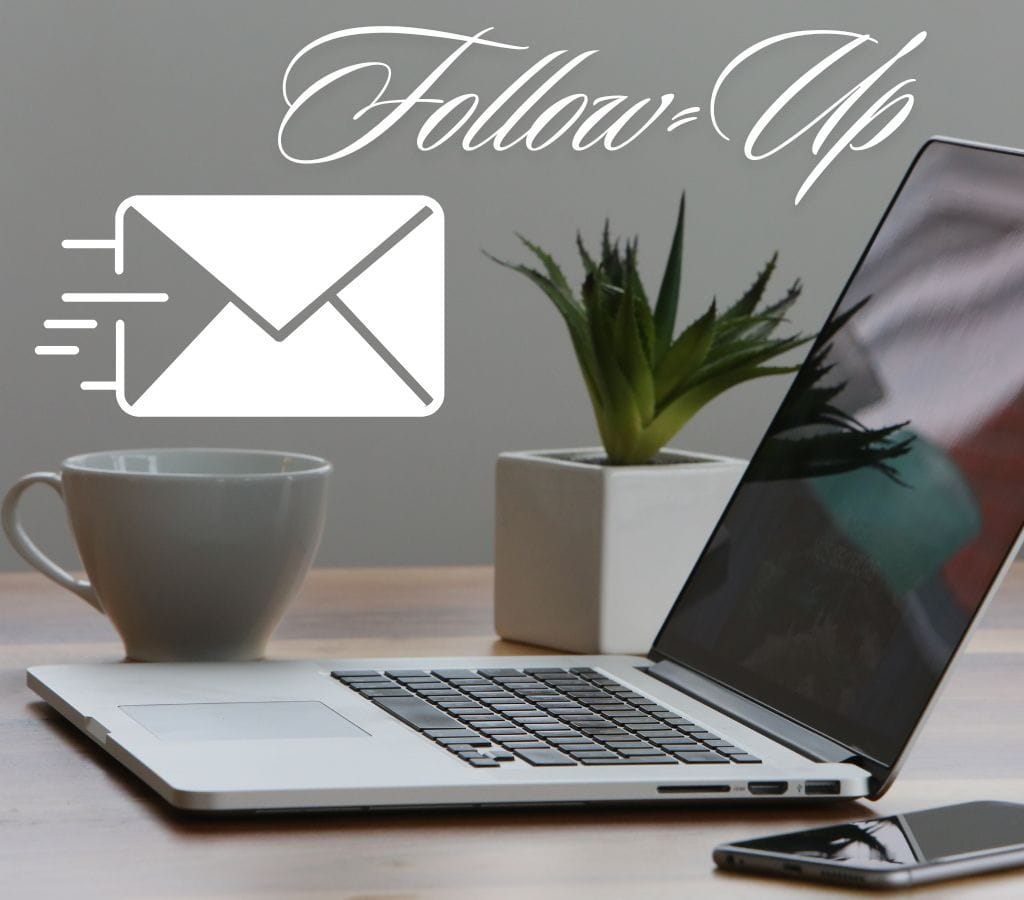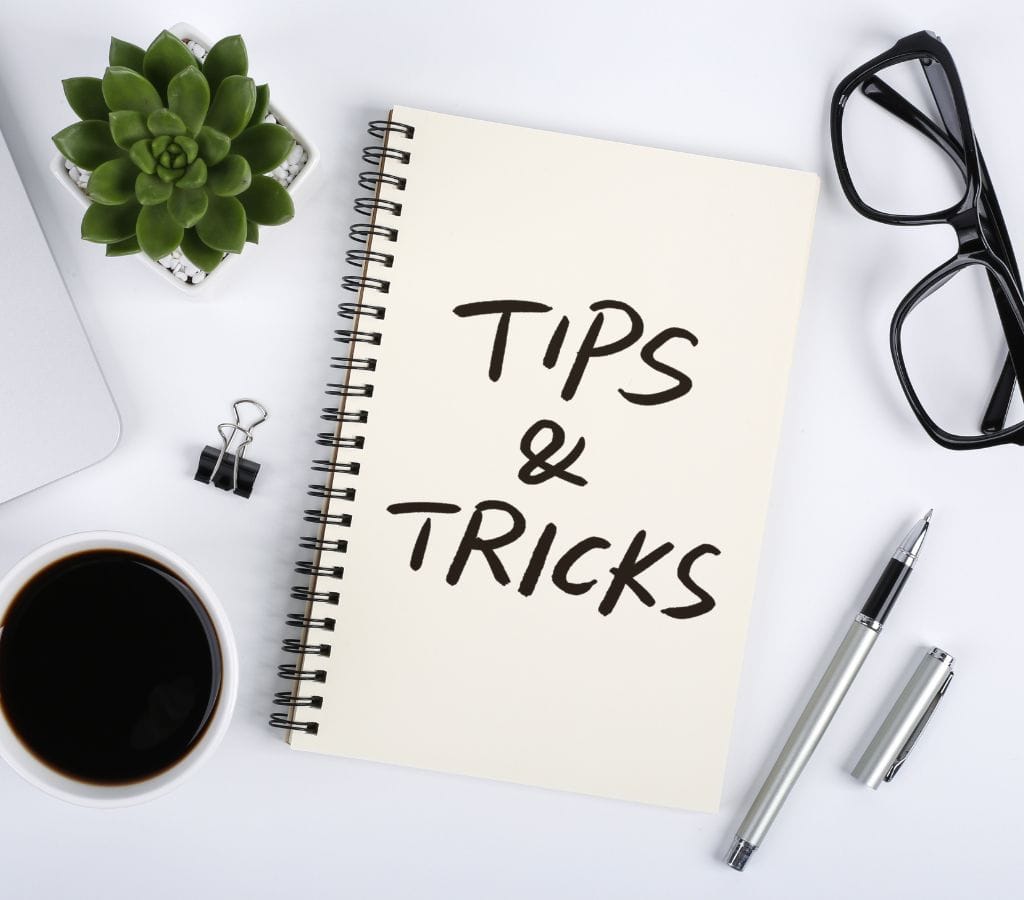Sending a great meeting follow-up email is crucial for maintaining momentum and ensuring clarity after discussions. A well-written follow-up email not only reinforces key points but also fosters professional relationships.
So, we'll show you how to send an effective meeting follow-up email, tips as well as essential elements to include in your email.
Why Meeting Follow-Up Emails is Important?
Meeting follow-up emails serve multiple purposes:
- Recap Key Points: These help people remember important details by summarizing the discussions and choices made during the meeting.
- Clarify Call to Action: These spell out the specific tasks that have been given to each person, making sure that they are held accountable and that others understand what the next steps are.
- Keep the Focus: A quick follow-up keeps the conversation going and shows that you're still interested in what was talked about.

How to Write a Follow-Up Email?
- Writing a Subject Line: The subject line of a follow-up email should be short, catchy, and to the point. It should be the first thing the recipient sees. Bring attention to the reason for the email or a mention of a previous conversation.
- Keeping a Professional Tone: Use short, clear language, stay away from slang and casual language, and be polite to the person you're writing to. Check for spelling and grammatical errors.
- Keep the Message Short and Clear: First, thank the person or thing that you talked to or gave you the chance, and then say what the email is for. To break up long pieces of information, use bullet points or numbered lists. Do not add details that are not important or go off topics.
- Include a Call to Action: Make it clear what you want the person to do or how you'd like things to go next. Be polite but firm in your words, and give them the information or documents they need.

Tips and Tricks for Writing a Follow-Up Email
1. Send It Promptly
Try to send your follow-up email no more than 24 hours after the meeting. This amount of time makes sure that everyone remembers the details of the discussion, which makes it easier for people to remember important points and decisions made during the meeting.
2. Show Appreciation
Thank the people who attended for their time and efforts at the beginning of your email. A simple "thank you" sets a good mood and shows them how important their presence is. For example, "Thank you for meeting with us; your ideas were very helpful."
3. Personalize Your Message
To make your email more personal, use the person's name and specific things that were talked about in the meeting. This shows that you were interested and paying attention during the conversation.
4. Write a Clear Subject Line
Your subject line should be short and related to the subject of the meeting. Some examples are:
- "Follow-Up: Action Items from Our Meeting"
- "Recap of Our Discussion on [Date]"
- "Next Steps from Our Recent Meeting"
A clear subject line makes it easy for people to understand your email.
5. Recap the Meeting
Write a short recap of the meeting in the body of your email. Draw attention to important decisions, conversations, and context that might help people remember what was said at the meeting. To make things clear and easy to read, use bullet points.
6. Outline Call to Action
Make a clear list of the things that were talked about in the meeting, including who is in charge of each job and any due dates. This makes things clear, which helps avoid confusion and makes sure everyone knows what they need to do going forward.
7. Include Next Steps
If there are any talks or additional duties that need to be done, list them in your email. This could mean setting up another meeting, giving more information, or preparing for a presentation. Giving people a clear way to move forward keeps the momentum going.
8. End on a Positive Note
Put a positive statement or a request to talk more at the end of your email. For example, "I'm looking forward to our next meeting and continuing to work with you" or "If you have any questions, please don't hesitate to get in touch."
9. Proofread Your Email
Before hitting send, take a moment to proofread your email for clarity and grammatical accuracy. A well-written email reflects professionalism and attention to detail, which can enhance your credibility.

Examples of Follow-Up Email Template
Here’s a template you can use as a guide for your follow-up emails:
Subject: Follow-Up: Action Items from Our Meeting
Dear [Recipient's Name], Thank you for taking the time to meet with us on [Date]. Your insights on [specific topic] were invaluable.
Meeting Recap:
- Key Discussion Points: [Briefly summarize key points]
- Decisions Made: [List any decisions made]
Action Items:
- [Action Item 1] - Assigned to [Name] - Due by [Date]
- [Action Item 2] - Assigned to [Name] - Due by [Date]
Next Steps:
Our next meeting is scheduled for [Date]. Please let me know if you have any questions or if there's anything else you'd like to discuss before then.
Looking forward to our continued collaboration!
Best regards,
[Your Name]
[Your Position]
[Your Contact Information]

Solution to Follow-Up Email Issues
- Dealing with No Response: Don't jump to conclusions, and after a fair amount of time, send a polite reminder. Follow up with a phone call or look into other ways to communicate if you don't hear back.
- Dealing with Negative Responses: When someone gives you a negative response, treat it with professionalism and tact, making sure you understand their concerns and answering with care. Keep a respectful and positive outlook.
- Making Sure Your Email Gets Delivered: Follow the best email format; don't use too many capital letters, exclamation points, or words that people think are spam; check for typos multiple times, and ask the person who receives your email to add you to their contacts list or approve your email address.
Writing an effective meeting follow-up email is a skill that can significantly impact your professional relationships and project outcomes. If you follow these tips and include the important things listed above, you can make sure that your follow-up emails are not only received well but also get people to take action and get involved. Don't forget that thoughtful follow-up can mean the difference between a meeting that goes well and one that doesn't.

